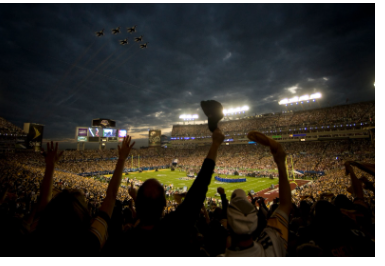Daylight Saving Time
Daylight Saving Time was instituted during WWI to help farmers grow food for the soldiers while using every hour of light in the day.
Instated by President Woodrow Wilson in 1916 during WWI. Mr. Kevin Moritz, a history teacher here at Bingham, says, “During WWI, they wanted to make sure that the resources were going to the soldiers fighting on the battlefield. The idea was that they would use more natural sunlight, for people working in factories and on the farms. The whole point [was] to use more daylight.” Serving the purpose for our soldiers to receive any and all aid they could Daylight Saving Time kept going even after WWI had ended. Farmers and factory workers were also able to use the natural light more than oil lamps and harsh dark conditions.
In today’s society with electrical lighting keeping daylight saving time sounds like an awful idea, while every year we suffer a ‘spring forward’ and a ‘fall back’ throwing us all for a loop. Moritz continues, “The purpose of it today I don’t know. I wish it would go away. Arizona has gotten rid of it, and a few other places…. I’m sure there is some practical reason, I just don’t understand it.” With mixed feelings going toward Daylight Saving Time it is difficult to know what exactly the reasoning is behind keeping the time change.
The Federal Uniform Time Act of 1966 is what is keeping Daylight Saving Time throughout the country. According to The New York Times, “The 1966 law allows states to opt out of daylight saving, and Hawaii and Arizona do so, staying on standard time all year.” Many people say that the time of Daylight Saving is coming to an end, but it depends on which state you choose to stay in. Keeping Daylight Saving Time is a big if, especially with the low support from younger generations. The next question we need to answer is what time will we keep year round. The New York Times continues, “Supporters also argued that nudging the clock forward to have more of a summer’s daylight fall in the evening would save energy by reducing the need for artificial light.”
Messing with sleeping schedules can be the worst part of incoming winter or spring. The small “jet lag” that everyone seems to get with a one hour time difference is remarkable. Daylight Saving might give us more time to enjoy the sun, but the likely situation is it won’t be sticking around much longer. The next generation of voters likely will find the extra sleep more appealing than another hour of sunshine.
Daylight Saving is either a blessing or a curse, knowing how to balance time is a messy process. There may never be a day when we decide to stop messing with time. Until then, we will have to endure the lack of sleep until November finally comes.




